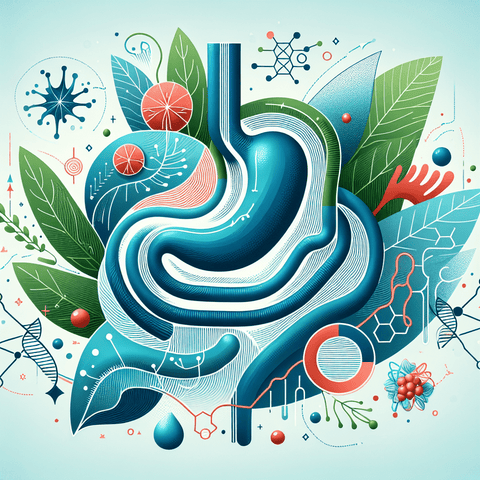Vitamin b12 bioavailability refers to how much of the nutrient becomes available for use after intake and how efficiently the body can absorb and utilize it. It is not a single number; it changes with dosage, chemical form, and the physiological state of the person. In discussions of vitamin b12 bioavailability, researchers examine the journey from intestinal processing to transport in the bloodstream and ultimate uptake by tissues. This concept helps explain inter‑individual differences in how the vitamin is handled by the body, even when intakes are similar. Absorption begins with release from dietary carriers and binding to intrinsic factor, a protein produced in the stomach. The intrinsic factor–vitamin b12 complex is then absorbed in the ileum via specific receptors, with binding proteins like transcobalamin II responsible for delivery to cells. The efficiency of this pathway is a major determinant of vitamin b12 bioavailability. Downsides to this system, such as reduced intrinsic factor production or ileal uptake capacity, can alter overall availability. Several factors influence uptake, including age, gastric acidity, and genetic variations in transport and processing proteins. Conditions or states that affect the gastric environment or ileal function can modulate vitamin b12 bioavailability, as can variations in the proteins that ferry the vitamin in circulation. Interactions with other nutrients or gut microbiota may also play a role in how much vitamin becomes available systemically. Understanding these factors helps explain why vitamin b12 bioavailability is not constant across individuals or circumstances. From a research perspective, measuring vitamin b12 bioavailability involves methodological choices such as the use of labeled tracers, matrices used to present the vitamin, and time frames for sampling. Different chemical forms of the vitamin may display distinct absorption and transport properties, which researchers must account for when interpreting bioavailability estimates. Because the pathway depends on multiple intersecting steps—from initial digestion to intestinal uptake and systemic transport—the reported vitamin b12 bioavailability values reflect the integrated function of the vitamin and the body's processing system. Clear communication about methods and context is essential when discussing vitamin b12 bioavailability.

